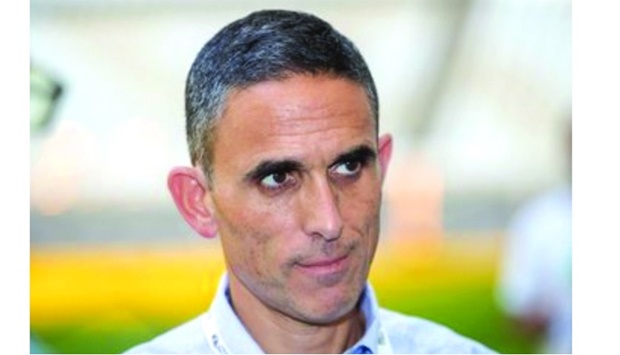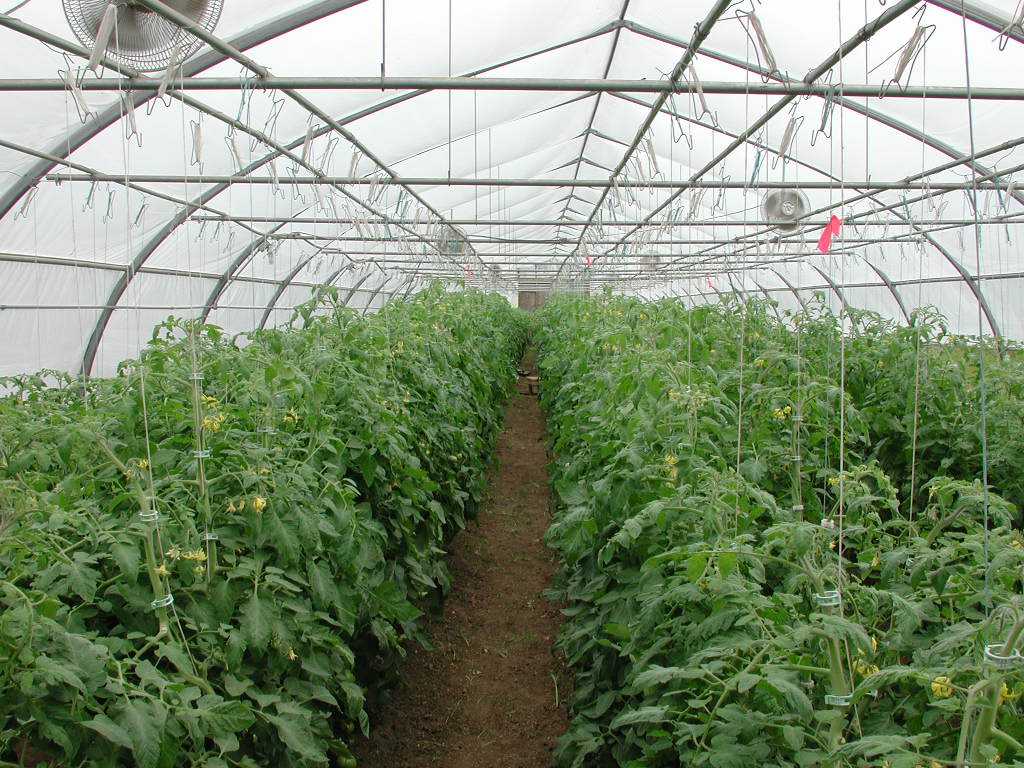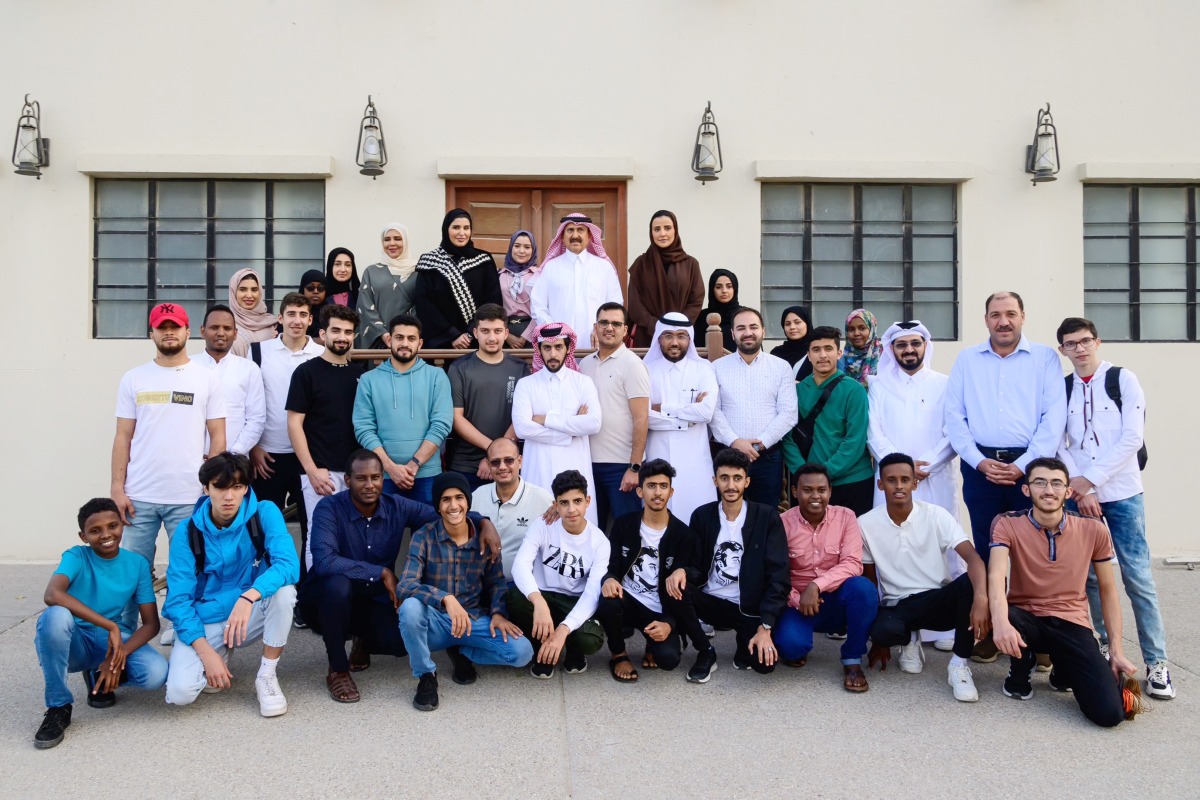After receiving all the necessary approvals attesting to the completion of its infrastructure, Tamim El Abed, the project manager for the Lusail Stadium, has disclosed that the stadium is completely prepared to host the FIFA World Cup Qatar 2022 finals.
He stated that the stadium has received the necessary permissions from the departments of civil defense and security systems, as well as a certificate of building completion, in a statement to the Qatar News Agency (QNA).
He stated that the stadium has received the necessary permissions from the departments of civil defense and security systems, as well as a certificate of building completion, in a statement to the Qatar News Agency (QNA).
However, according to El Abed, the logistical work around the stadium, including as the ticketing, first aid, and fan services, is still in progress and won’t be finished until two months before the competition.
We are all aware that the World Cup final will be played in Lusail Stadium and that it will be unlike any other game because the entire world will be watching that game that day. The fact that the stadium’s entire construction was done from scratch in accordance with FIFA criteria sets it apart from previous venues that have hosted World Cup games.
According to El Abed, “it is highly uncommon for a stadium to be built from scratch to host World Cup matches; (the) hosting stadiums were more than 100 years old in the previous iterations of the tournament.”
He commented on the current stadium preparations for the Super Cup match between the Egyptian and Saudi league champions on September 9 and noted that it is unquestionably crucial for the stadium to host this type of contest, with an anticipated attendance of over 80,000 supporters.
Al Abed deemed the QNB Stars League match between Al Arabi SC and Al-Rayyan SC last week, which took place at the stadium, to be a success by any measure.
The stadium is outfitted with intricate cooling and television transmission systems that necessitate several experiments and ongoing maintenance, so the team is currently working on testing the structure and validating all systems, he said.
According to the project manager at Lusail Stadium, all requirements for hosting the World Cup finals have been taken into consideration during the stadium’s construction.
El Abed explained that any finals match preparations begin on public streets, with both public and private transportation serving as a crucial component.
The availability of large parking lots adjacent to the stadium, the accessibility of the venue’s roadways, and the arrangement of the crowd flow through the Lusail station, which is only 600 meters from the stadium’s security gates, are further factors.
Given that the other seven World Cup stadiums were finished before Lusail Stadium, the project manager for Lusail Stadium claimed that many lessons regarding crowd control, the operation of technical services, cooling, and lighting, as well as requirements for television broadcasting, local media, international news agencies, and security, had been learned from their experiences.
The recent competitions held in Qatar were crucial learning opportunities for the managing authorities, volunteers, and those in charge of the entrances regarding crowd control.
By combining traditional and contemporary Islamic architecture, the Lusail Stadium’s design symbolizes Qatar’s past as well as its future ambition.
The combination of light and shadow that distinguishes the Fanar lantern serves as the design’s primary inspiration.
Its form and exterior resemble the elaborate artistic designs used in bowls, containers, and other works of art produced throughout the advent of civilization in the Arab and Islamic world.
El Abed emphasized that the project, from the initial draft to the construction phase, took legacy and sustainability considerations into mind.
He continued by saying that nations who hold significant global championships frequently struggle with the question of how to best utilize sporting venues when the competition is gone.
The project manager at Lusail Stadium stated that there are plans in place to re-engineer some of the interior areas for usage in community-serving events.
Lusail Stadium will be converted into a communal area with schools, stores, cafés, sporting facilities, and medical clinics after the FIFA World Cup Qatar 2022 is over.
The public will be able to get all they require under one roof thanks to this multifunctional community centre.
El Abed also mentioned that Qatar would be hosting the Asian Games in 2030 and that the country would host other sporting events in the future.
In order to provide football lovers from all over the world the chance to learn about Qatar, the region, and true Arab culture, Qatar is getting ready to welcome spectators for the first World Cup to be held in the Arab world and the Middle East.
This competition will be a watershed moment in the history of Qatar and the region because it will leave behind a legacy that will redefine how future mega-sports events are organized.
On November 20, Qatar and Ecuador play in the opening match of the FIFA World Cup Qatar 2022 at Al Bayt Stadium.
The championship will feature 64 matches spread across 29 days, and it will conclude on December 18 at the 80,000-seat Lusail Stadium. – QNA
We are all aware that the World Cup final will be played in Lusail Stadium and that it will be unlike any other game because the entire world will be watching that game that day. The fact that the stadium’s entire construction was done from scratch in accordance with FIFA criteria sets it apart from previous venues that have hosted World Cup games.
According to El Abed, “it is highly uncommon for a stadium to be built from scratch to host World Cup matches; (the) hosting stadiums were more than 100 years old in the previous iterations of the tournament.”
He commented on the current stadium preparations for the Super Cup match between the Egyptian and Saudi league champions on September 9 and noted that it is unquestionably crucial for the stadium to host this type of contest, with an anticipated attendance of over 80,000 supporters.
Al Abed deemed the QNB Stars League match between Al Arabi SC and Al-Rayyan SC last week, which took place at the stadium, to be a success by any measure.
The stadium is outfitted with intricate cooling and television transmission systems that necessitate several experiments and ongoing maintenance, so the team is currently working on testing the structure and validating all systems, he said.
According to the project manager at Lusail Stadium, all requirements for hosting the World Cup finals have been taken into consideration during the stadium’s construction.
El Abed explained that any finals match preparations begin on public streets, with both public and private transportation serving as a crucial component.
The availability of large parking lots adjacent to the stadium, the accessibility of the venue’s roadways, and the arrangement of the crowd flow through the Lusail station, which is only 600 meters from the stadium’s security gates, are further factors.
Given that the other seven World Cup stadiums were finished before Lusail Stadium, the project manager for Lusail Stadium claimed that many lessons regarding crowd control, the operation of technical services, cooling, and lighting, as well as requirements for television broadcasting, local media, international news agencies, and security, had been learned from their experiences.
The recent competitions held in Qatar were crucial learning opportunities for the managing authorities, volunteers, and those in charge of the entrances regarding crowd control.
By combining traditional and contemporary Islamic architecture, the Lusail Stadium’s design symbolizes Qatar’s past as well as its future ambition.
The combination of light and shadow that distinguishes the Fanar lantern serves as the design’s primary inspiration.
Its form and exterior resemble the elaborate artistic designs used in bowls, containers, and other works of art produced throughout the advent of civilization in the Arab and Islamic world.
El Abed emphasized that the project, from the initial draft to the construction phase, took legacy and sustainability considerations into mind.
He continued by saying that nations who hold significant global championships frequently struggle with the question of how to best utilize sporting venues when the competition is gone.
The project manager at Lusail Stadium stated that there are plans in place to re-engineer some of the interior areas for usage in community-serving events.
Lusail Stadium will be converted into a communal area with schools, stores, cafés, sporting facilities, and medical clinics after the FIFA World Cup Qatar 2022 is over.
The public will be able to get all they require under one roof thanks to this multifunctional community centre.
El Abed also mentioned that Qatar would be hosting the Asian Games in 2030 and that the country would host other sporting events in the future.
In order to provide football lovers from all over the world the chance to learn about Qatar, the region, and true Arab culture, Qatar is getting ready to welcome spectators for the first World Cup to be held in the Arab world and the Middle East.
This competition will be a watershed moment in the history of Qatar and the region because it will leave behind a legacy that will redefine how future mega-sports events are organized.
On November 20, Qatar and Ecuador play in the opening match of the FIFA World Cup Qatar 2022 at Al Bayt Stadium.
The championship will feature 64 matches spread across 29 days, and it will conclude on December 18 at the 80,000-seat Lusail Stadium. – QNA

















Leave a Reply